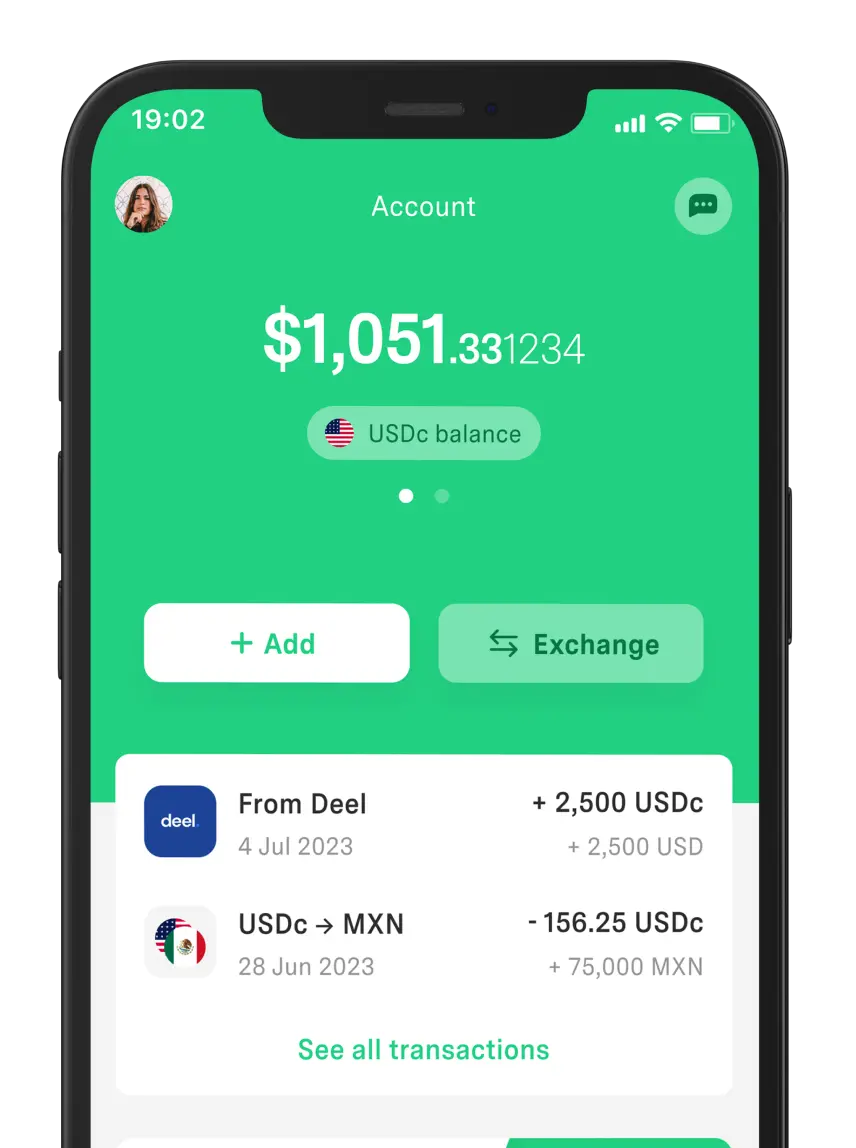 Your Money
Your Money How to Track a Bank Transfer
If you need to track a bank transfer, you can do so as long as you have the necessary information, such as the SPEI tracking key. Here are the details.



Do you know which is the most expensive currency in the world and where it’s from? Do you think it might be the dollar or the euro?
Neither one nor the other.
The Kuwaiti Dinar—from Kuwait—is currently the highest-valued currency in the world. And it’s very likely to keep its position this 2025.
Want to know why?
In this post, we’ll analyze the reasons behind this currency and the other 9 main currencies dominating the market.
A currency’s value is determined by key economic factors and its behavior in international markets.
The main criteria include:
Supply and demand. When a currency is in high demand for foreign trade or as a reserve, its value rises.
The country’s economic and political stability. This builds trust in its currency.
Monetary policies set by central banks. These are crucial for maintaining or strengthening a currency’s value.
Other important factors are competitive interest rates and low inflation, as well as backing from international reserves such as gold or oil.
Currencies are vital to economic activity and global trade.
When a currency is strong, it allows the country to buy foreign products and services at a lower cost. This benefits both consumers and businesses that rely on imports.
However, it can negatively impact exporters because local goods might lose their edge in international markets.
Exchange rate fluctuations, like devaluation, can severely affect economies, reducing purchasing power and driving inflation.
Consequently, countries often implement economic policies to protect local industries and balance global competitiveness. A currency, in short, is key to a nation’s economic growth and stability.
There are several reasons why the Kuwaiti Dinar (KWD) is currently recognised as the world's most valuable currency.
Chief among them is Kuwait's economic stability, with revenues coming from its large oil reserves. Exports are its main source of national wealth, allowing the government to maintain a sound fiscal balance.
The stable political environment in the country also contributes to a favourable climate for business and foreign investment. Both factors help to further strengthen its currency.
Added to this is the low inflation in Kuwait and the dinar's peg to the basket of currencies. This helps to reduce exchange rate volatility and bolster investor confidence.
This combination of factors has made the Kuwaiti dinar the most expensive currency in the world. In fact, it is worth more than other hard currencies such as the US dollar and the euro.
We’ve already explained which is the most expensive currency in the world and its origin, but we still need to detail the other nine.
Here’s the complete list:
As mentioned, it’s among the most valuable worldwide, thanks to the country’s strong economy propelled by oil and gas exports. Kuwait’s effective management has kept the currency stable in the long term.
Bahrain’s official currency is among the most expensive due to its oil production and natural gas reserves. It’s also influenced by its role as a financial hub in the Persian Gulf. Moreover, its peg to the US dollar provides additional stability.
The high cost of the Omani Rial is backed by a solid economy resulting from government-controlled financial policies. Oil, fishing, and ongoing diversification are vital to the country’s economic structure.
One reason the Jordanian Dinar is one of the most expensive in the Middle East is its peg to the US dollar. Strict monetary policies have also allowed the country to build confidence in its local financial market.
The pound sterling is a very important currency worldwide and also one of the oldest. The solidity of the British economy and international trade have been key to keeping it among the strongest currencies.
The Cayman Islands Dollar has a high value reflected in the Caribbean territory’s status as a tax haven. International investors who do business there play a significant role in maintaining the currency’s high value.
Another costly currency is the Swiss Franc, highly valued on the international market for its reliability and security. The nation’s financial strength, political neutrality, and low national debt boost its economy’s solidity.
The euro is used daily by about 341 million people and is very popular in global trade. The region’s economic and financial stability contribute to its strength in international markets.
The value of the US dollar is underpinned by the country’s robust economy. It plays a major role in international transactions, financial markets, and even as a reserve currency for other nations. This makes it the most widely used reserve currency in the world.
The Canadian Dollar is one of the world’s most important and traded currencies. Its value is strongly linked to exports of natural resources, such as oil and minerals, which bolster the currency in commodity markets.
World Currencies and Their Value in Pesos:
Currency | Code | Country | Value in MXN |
1. Kuwaiti Dinar | KWD | Kuwait | 1.000 KWD = 65.60 MXN |
2. Bahraini Dinar | BHD | Bahrain | 1.000 BHD = 53.66 MXN |
3. Omani Rial | OMR | Oman | 1.000 OMR = 52.41 MXN |
4. Jordanian Dinar | JOD | Jordan | 1.000 JOD = 28.46 MXN |
5. British Pound | GBP | UK | 1.000 GBP = 25.65 MXN |
6. Cayman Islands Dollar | KYD | Cayman Islands | 1.000 KYD = 24.39 MXN |
7. Swiss Franc | CHF | Switzerland | 1.000 CHF = 22.60 MXN |
8. Euro | EUR | European Union | 1.000 EUR = 21.17 MXN |
9. US Dollar | USD | United States | 1.000 USD = 20.17 MXN |
10. Canadian Dollar | CAD | Canada | 1.000 CAD = 14.10 MXN |
The data are references based on xe.com’s exchange rates as of December 2024.
The world’s most expensive currencies stay in privileged positions thanks to specific conditions that help them stand out.
Their value depends on exchange rates, along with a series of economic and political factors that determine their strength and stability on the global market.
Most relevant factors include:
Solid and stable economies
Controlled inflation
Interest rates
Responsible monetary policies
Natural resources
Investment appeal
Global demand
Confidence in the economy
Positive trade balance
Pegging to the US dollar also provides exchange-rate stability.
The world’s most expensive currencies essentially reflect their nations’ stability, sound financial management, and natural resources. Factors such as low inflation, monetary policies, and global demand remain vital to maintaining their strength.
The currencies mentioned are references for financial strength and reliability. If they keep on the right track, they’ll likely maintain their status as the most expensive in 2025.
Fortunately, you can handle your money in one of them via DolarApp. Through us, you can get details for an account in digital dollars, in a simple and secure way.
That way, you can pay in USDc, streamlining transactions in global markets. Plus, our app is an efficient alternative for safeguarding the value of your finances and facilitating international transfers.

The world has borders. Your finances don’t have to.
 Your Money
Your Money If you need to track a bank transfer, you can do so as long as you have the necessary information, such as the SPEI tracking key. Here are the details.

 Your Money
Your Money Remittances represent vital support for many Mexican families. But do remittances pay taxes to the SAT? Here’s what the law says.

 Your Money
Your Money A payment receipt is issued after purchases, transfers, or payments. Learn how to obtain a payment receipt and its uses.


